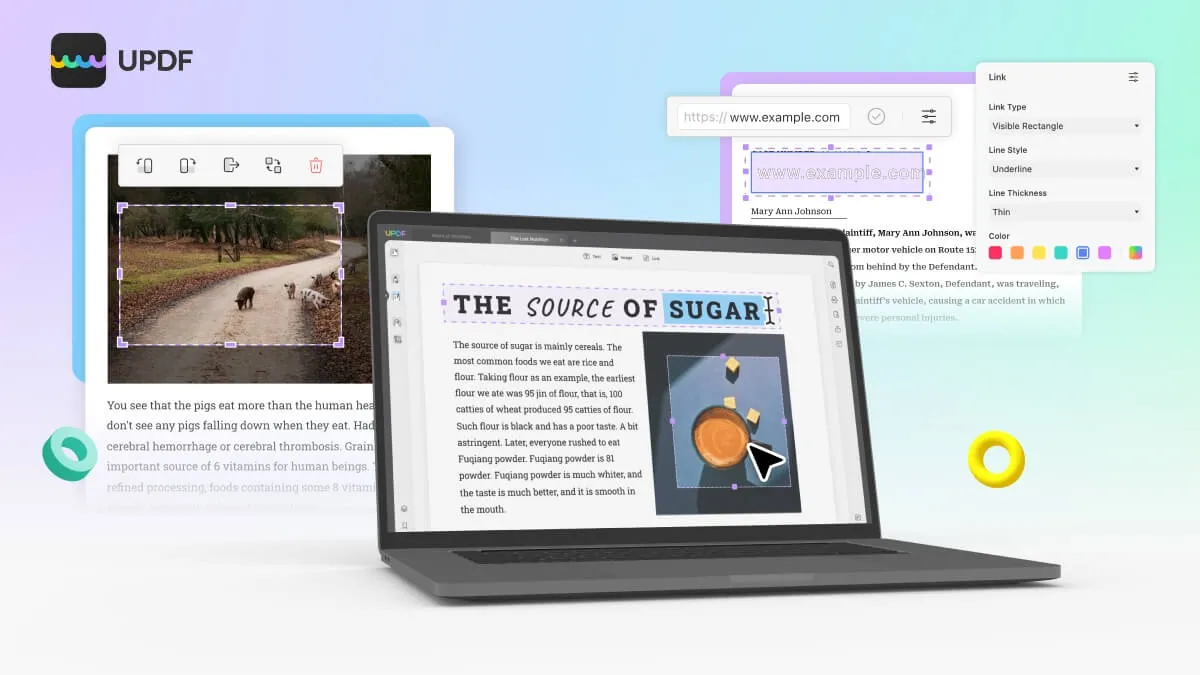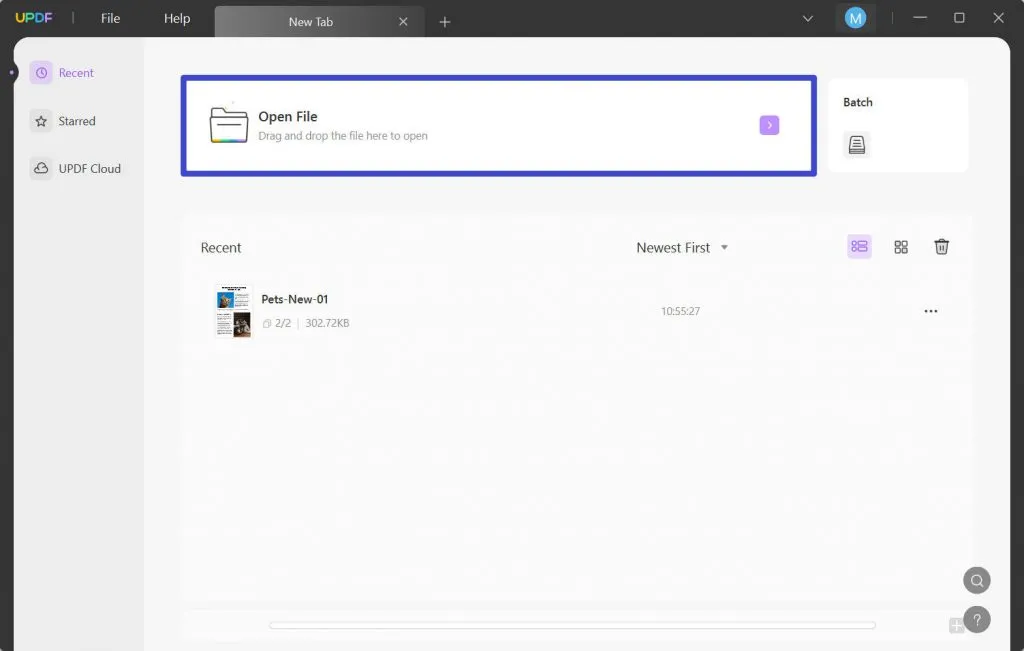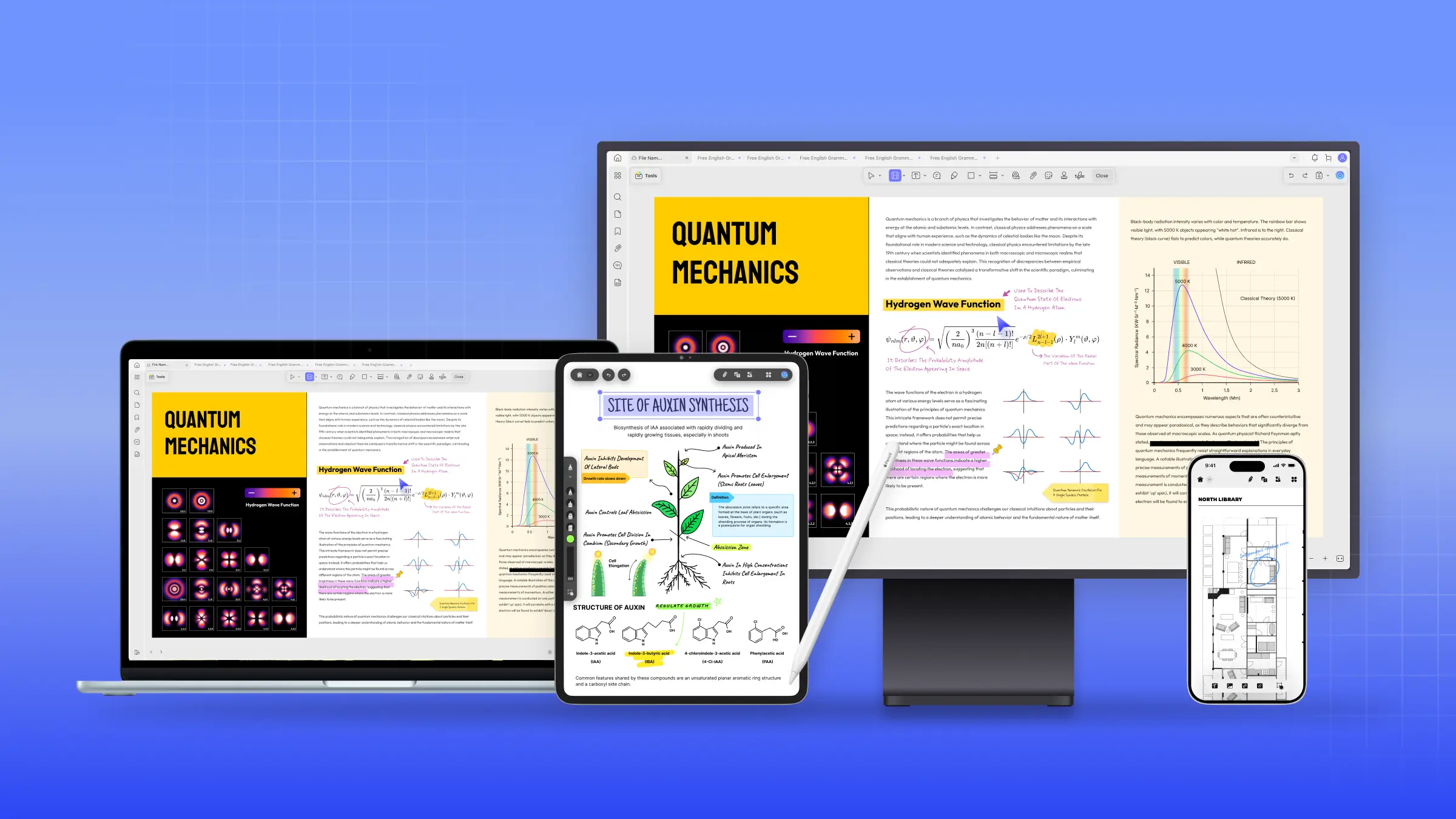To optimize personal growth, setting achievable, practical, and motivating short-term objectives is crucial. By strategically planning and pursuing these short-term goals, you can positively impact different areas of your life, such as personal relationships and financial stability. However, it is not easy to set short-term goals. That is why you need short-term goals examples.
Below, you will find a comprehensive list of 20 short-term goals examples. These examples will empower you to take tangible steps towards improving your studies, advancing your work, nurturing relationships as an employee, and more.
Part 1. What is a Short-Term Goal?
Short-term goals can be explained as concise and focused objectives that help bridge the gap between your current position and your desired destination. They serve as tactical measures to facilitate the achievement of your overall objectives. These goals involve a range of tasks and objectives that must be completed within a specific timeframe. Above all, setting a clear focus is crucial when defining short-term goals.
Moreover, creating a roadmap for success entails identifying the subsequent steps required to advance toward your desired outcome. Monitoring your progress throughout enables you to remain accountable and make any necessary modifications to stay on course. Equally important is recognizing when your immediate actions are not aligning with your short-term objectives.
In such instances, it is advisable to have an alternative strategy or a contingency plan, often referred to as a "Plan B," ready to mitigate any obstacles or setbacks. Recognizing the need for a change in direction before reaching a point of inefficiency can help you stay adaptable and resilient.
Part 2. Types of Short-Term Goals
Short-term goals encompass diverse objectives aimed at directly or indirectly improving one's career prospects. These goals can be categorized into several distinct areas: skill development, project completion, networking, and performance improvement. However, when it comes to types, you achieve 6 different types of goals. These short-term goals include:
- Career Development
- Financial Goals
- Academic Goals
- Health and Well-being
- Personal Development
- Project and Task Goals
Part 3. How Do Short-Term Goals Differ from Long-Term Goals?
When examining the nature of goals, it becomes evident that short-term and long-term goals possess distinct characteristics that set them apart. While both goals are essential for personal and professional growth, they serve different purposes and require different approaches. Long-term goals are the compass that guides individuals and organizations toward their desired future outcomes.
On the other hand, short-term goals are closely tied to the present moment and are more immediate. Below is a table that provides a table representation of the differences between long-term and short-term goals to help you understand better:
| Category | Short Term Goals | Long Term Goals |
| Strategy | Typically linked to current performance and career development | Aligned with your life and career's mission and vision |
| Number | Multiple short-term goals can be pursued simultaneously | A limited number of long-term goals in your lifetime |
| Timeline | Measured in weeks, months, or quarters | Measured in years and may lack a specific time |
| Difficulty | Easier to achieve due to visible progress | Challenging and require patience |
| Flexibility | Inflexible due to clear and close deadlines | Flexible and can be influenced by life circumstances or changing passions |
Part 4. 5 Short-Term Goals Examples for Students
Setting short-term goals greatly benefits students in their academic journey. These goals help students establish routines, enhance productivity, cultivate new habits, improve grades, and gain valuable teacher guidance.
Establish a Consistent Morning Routine
One valuable short-term goals examples for students is to create a morning routine that sets a positive tone for the day. Students can ensure they start their day promptly and efficiently by dedicating time to prepare for school, including tasks like getting ready and brushing their teeth. Implementing a new morning routine immediately after planning enhances students' productivity.
Finish Assignments Ahead of Schedule
Students should develop the habit of completing all assignments with time to spare. Assignments and coursework serve as valuable assessments of students' progress. They provide teachers with insights into individual needs and learning patterns. By finishing tasks ahead of schedule, students can showcase their skills accurately, produce higher-quality work, and achieve better grades.
Cultivate New Habits Monthly
Focusing on developing positive habits over shorter periods can be an impactful recurring goal for students. Small adjustments to daily routines, such as implementing a consistent sleep schedule or maintaining an organized workspace, can significantly enhance productivity and presentability at school.
Several beneficial habits to cultivate include scheduling regular sleep, taking comprehensive notes during classes, and adhering to a study timetable.
Improve Average Grades
While obtaining certifications and qualifications is a long-term goal for students, setting short-term grade goals can help measure progress and work toward academic success. By aiming for specific grade targets, students can track their improvement effectively. For instance, achieving a satisfactory grade before and progressively aiming for higher grades by the next time enables students to witness their progress firsthand.
Seek Guidance from Teachers Regarding Future Prospects
Conversations with teachers about prospects can provide students with valuable insights and guidance as they navigate their academic and career paths. Before approaching teachers, students can reflect on their interests and the tasks they enjoy completing. This self-reflection allows students to develop a clearer vision of their ideal career path, making the discussion with teachers more fruitful.
Part 5. 5 Short-Term Goals Examples for Work
Thriving in your career and remaining competitive in today's dynamic professional environment, and setting short-term goals are crucial. Below are five short-term goals examples for work that can assist you in improving your skills, expanding your network, and adapting to evolving work demands.
Pursue Continuous Education and Obtain Certifications
To stay ahead in your field, it is crucial to embrace lifelong learning. Consider enrolling in a postgraduate course or obtaining certifications relevant to your industry. This will equip you with updated knowledge and skills and demonstrate your commitment to professional growth, making you more attractive to employers and opening up new opportunities.
Enhance Networking and Communication Abilities
Effective networking plays a significant role in career advancement. Develop your networking skills by attending industry events, joining professional associations, and engaging in online communities. Cultivating meaningful connections with peers, mentors, and industry experts can provide valuable insights, potential collaborations, and access to job opportunities.
Achieve Work-Life Balance
Finding equilibrium between work and personal life is vital for well-being and job satisfaction. Set short-term goals prioritizing self-care, such as establishing boundaries, practicing time management, and incorporating activities that bring joy and relaxation. Achieving a healthy work-life balance can have numerous benefits, such as reduced stress levels and improved overall quality of life.
Foster Effective Communication with Colleagues
Collaboration and teamwork are integral to success in most professional settings. Aim to improve your communication skills by actively engaging with your coworkers. Initiate conversations, actively listen, and offer constructive feedback. Building strong relationships and fostering effective communication will lead to better collaboration, increased productivity, and a more positive work environment.
Embrace Technological Advancements
Staying up to date with technology is crucial for professional growth. Make it a goal to regularly explore and familiarize yourself with emerging tools, software, and trends relevant to your industry. This proactive approach will enable you to adapt quickly, streamline your work processes, and enhance your efficiency and effectiveness in the workplace.
Part 6. 5 Short-Term Goals Examples for Employees
Implementing the examples of short-term goals can significantly impact your professional growth and career trajectory. When you focus on specific objectives, you enhance your performance, make necessary changes, optimize your time management, establish a positive image, and create an efficient work environment.
Enhance Your Work Metrics
One important short-term goal is to improve your performance numbers, which include various work metrics specific to your profession and organization. By enhancing the quality, quantity, and efficiency of your work, you can consistently enhance customer satisfaction, meet project deadlines, and contribute to cost reduction.
Explore New Job Opportunities
Sometimes, seeking new job opportunities can be a short-term professional goal that supports your career development. Consider changing if your current job or organization no longer provides the growth opportunities you desire. Achieving a new role or organization can reignite your motivation, keep you engaged, and open doors for further improvement in your career prospects.
Optimize Time Management
Reducing time wastage during work hours is an effective short-term goal that yields long-term benefits. Identify and eliminate distractions like excessive internet browsing or unnecessary socializing, enabling you to become more productive and accomplish more in your work time. When you optimize your time management skills, you can make steady progress toward your long-term objectives.
Cultivate Punctuality
Aiming to arrive at work or work-related events 15 minutes earlier each day is a short-term goal that can positively impact your long-term career prospects. This habit provides a quieter and more focused environment, enabling you to organize your day effectively. Moreover, consistently demonstrating punctuality portrays you as a dedicated and diligent employee.
Establish an Organized Workspace
Maintaining a neat and organized workstation is a worthwhile short-term goal that greatly enhances productivity and boosts morale. By keeping your desk or workspace clutter-free, you create an environment that fosters efficiency and allows you to work more effectively. Additionally, an organized workspace showcases your meticulousness and attention to detail.
Part 7. 5 Short-Term Financial Goals Examples
Short-term financial goals examples can be incredibly beneficial in helping individuals achieve their long-term financial objectives. Setting realistic, achievable financial goals can create a sense of momentum and progress, encouraging individuals to continue on their financial journey.
By prioritizing and actively working towards these goals, individuals can improve their financial well-being and lay the groundwork for long-term financial success.
Build an Investment Portfolio
Diversifying your financial assets through an investment portfolio should be a short-term financial goal worth pursuing. Investing your money wisely can help you potentially grow your wealth over time. Based on your risk tolerance and financial goals, consider various investment options such as stocks, bonds, mutual funds, or real estate.
Save for a Major Purchase
When contemplating a major purchase, such as a car or a down payment for a home, it is crucial to establish a short-term financial goal to save for it. Determine the required amount and establish a realistic timeline to achieve your target. Analyze your current expenses and identify areas to cut back or save more. Consider automating your savings dedicated to your goal.
Start a Side Business or Freelance Gig
Creating an additional income stream through a side business or freelancing can be a valuable short-term financial goal. Assess your skills, hobbies, or interests to identify a potential venture that aligns with your expertise. Whether offering a service, selling products online, or monetizing a creative talent, starting a side business can boost your income and provide financial stability.
Save for Education or Skill Development
Investing in your education or skill development can have long-term financial benefits. Identify areas where you can enhance your knowledge or acquire new skills that align with your career goals. Research educational programs, courses, or certifications that offer a good return on investment. Set a short-term financial goal to save for the tuition or fees associated with your chosen educational pursuit.
Create a Retirement Savings Plan
Planning for retirement should be a top financial priority, even in the short term. Establishing a retirement savings plan ensures financial security and peace of mind for the future. Determine how much you'll need for a comfortable retirement and set incremental savings goals to achieve that target. Take advantage of any employer matching contributions to boost your retirement fund.
Part 8. Best Tool to Set and Customize Short Term Goals
UPDF is an excellent tool for setting and customizing short-term goals. It offers a range of features to help you personalize your PDF goal setting template and track your objectives effectively. One notable feature is the built-in OCR technology, which enables you to extract text from scanned documents or images. This functionality is useful for digitizing your handwritten planner or other paper-based materials.
Windows • macOS • iOS • Android 100% secure

Also Read: 8 Best Goal Tracking Apps (Tested)
Moreover, UPDF provides comprehensive editing capabilities, allowing you to modify text, images, and various elements within the PDF planner template. With these customization options, you can tailor the planner to suit your specific requirements, ensuring a personalized and organized approach to your short-term goals.
Steps to Help You Assist in Customization of Templates
Using UPDF for the first time to customize your planner is quite easier than all the PDF tools available in the market. Following this, the steps below will help you overcome all the barriers and effectively customize your planner based on your needs:
Step 1: Open the Web Browser on Your Device
Explore the UPDF's official site on your device and download the installer package by tapping the "Free Download" button. Wait for a few seconds, and it will be downloaded. Then head to your device's preferred folder, find the setup, and install the package.
Windows • macOS • iOS • Android 100% secure
Step 2: Explore UPDF and Import the Planner Template
The next step is to “Sign Up” or “Log In” using your credentials. Now, on the next window, you will notice the “Open File” option, press it, choose the desired template, and tap "Open" to open the file in UPDF. In addition, you can also drag and drop the file directly into the UPDF.

Step 3: Edit or Add Text in the Template
After importing the template in the previous step, you can now directly edit the text in the planner by double-clicking in the required field. Moreover, if you want to add more text, move the cursor to the left side toolbar and select "Edit PDF" to enable the extended options in the top bar. Select the "Text" option and double-click anywhere to add text.

Step 4: Customize the Text and Print the Planner
Besides the previous step, you have the option to personalize the text size, font, alignment, and color. Once you have finished making these adjustments, press the "File" tab located in the upper left corner. Furthermore, choose the "Print" option from the menu that appears. Finally, press the "Print" button to print your planner template for use.
Final Words
To sum up, setting and achieving short-term goals is a powerful way to progress in various aspects of life. Focusing on specific objectives that are attainable within a shorter time frame assists you in maintaining motivation, building momentum, and experiencing a sense of accomplishment along the way. The short term goals examples above serve as a starting point to inspire and guide you in defining your goals.
To further enhance your journey towards success, consider utilizing UPDF. This innovative tool offers a seamless and customizable solution for creating a planner tailored to your unique needs.
Windows • macOS • iOS • Android 100% secure
 UPDF
UPDF
 UPDF for Windows
UPDF for Windows UPDF for Mac
UPDF for Mac UPDF for iPhone/iPad
UPDF for iPhone/iPad UPDF for Android
UPDF for Android UPDF AI Online
UPDF AI Online UPDF Sign
UPDF Sign Edit PDF
Edit PDF Annotate PDF
Annotate PDF Create PDF
Create PDF PDF Form
PDF Form Edit links
Edit links Convert PDF
Convert PDF OCR
OCR PDF to Word
PDF to Word PDF to Image
PDF to Image PDF to Excel
PDF to Excel Organize PDF
Organize PDF Merge PDF
Merge PDF Split PDF
Split PDF Crop PDF
Crop PDF Rotate PDF
Rotate PDF Protect PDF
Protect PDF Sign PDF
Sign PDF Redact PDF
Redact PDF Sanitize PDF
Sanitize PDF Remove Security
Remove Security Read PDF
Read PDF UPDF Cloud
UPDF Cloud Compress PDF
Compress PDF Print PDF
Print PDF Batch Process
Batch Process About UPDF AI
About UPDF AI UPDF AI Solutions
UPDF AI Solutions AI User Guide
AI User Guide FAQ about UPDF AI
FAQ about UPDF AI Summarize PDF
Summarize PDF Translate PDF
Translate PDF Chat with PDF
Chat with PDF Chat with AI
Chat with AI Chat with image
Chat with image PDF to Mind Map
PDF to Mind Map Explain PDF
Explain PDF Scholar Research
Scholar Research Paper Search
Paper Search AI Proofreader
AI Proofreader AI Writer
AI Writer AI Homework Helper
AI Homework Helper AI Quiz Generator
AI Quiz Generator AI Math Solver
AI Math Solver PDF to Word
PDF to Word PDF to Excel
PDF to Excel PDF to PowerPoint
PDF to PowerPoint User Guide
User Guide UPDF Tricks
UPDF Tricks FAQs
FAQs UPDF Reviews
UPDF Reviews Download Center
Download Center Blog
Blog Newsroom
Newsroom Tech Spec
Tech Spec Updates
Updates UPDF vs. Adobe Acrobat
UPDF vs. Adobe Acrobat UPDF vs. Foxit
UPDF vs. Foxit UPDF vs. PDF Expert
UPDF vs. PDF Expert







 Enrica Taylor
Enrica Taylor 
 Enola Miller
Enola Miller 